How much clearance around ceiling boxes?
measure_twice
12 years ago
Related Stories

ARCHITECTUREHouzz Tour: A Vintage Home Wrapped Up in a Box
A work-at-home couple completes an eye-catching contemporary renovation that builds on an Arts and Crafts home
Full Story
ORGANIZINGDecluttering Ideas From Around the World
Home organizers share their tips on how to think and live more clearly
Full Story
HOUZZ TOURSHouzz Tour: Up and Out Around a Heritage Tree
A Texas ranch house gets a modern makeover and a two-story addition that wraps around a protected backyard elm
Full Story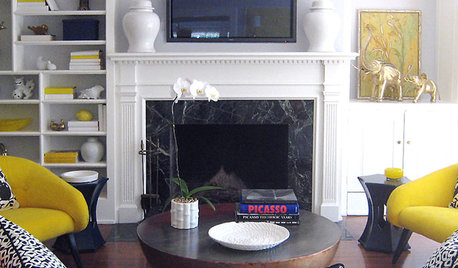
MORE ROOMS5 Ways to Decorate Around a Flat-Screen TV
Color, Placement and Accessories Help that Big Black Screen Blend In
Full Story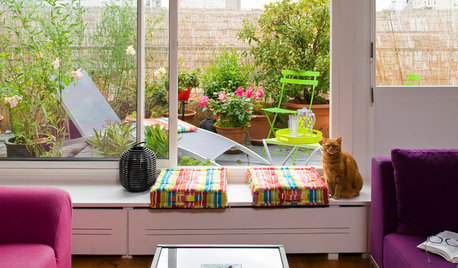
DECORATING GUIDESHouzz Tour: Parisian Flat’s Redo Revolves Around a Terrace View
A Parisian apartment is transformed from a dark and closed space into an open, airy and colorful home
Full Story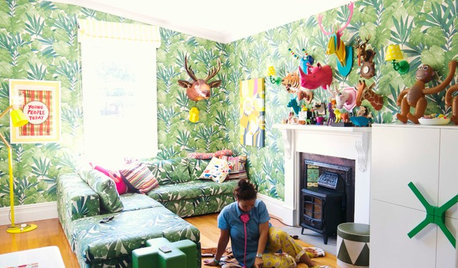
HOMES AROUND THE WORLDHouzz Tour: Family House With a Surprise Around Every Corner
If houses could smile, this 1903 New Zealand villa might have the biggest grin of them all
Full Story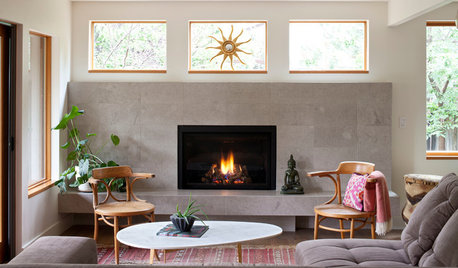
LIVING ROOMSNew This Week: 5 Living Rooms Designed Around the Fireplace
Overcome one of design’s top obstacles with tips and tricks from these living rooms uploaded recently to Houzz
Full Story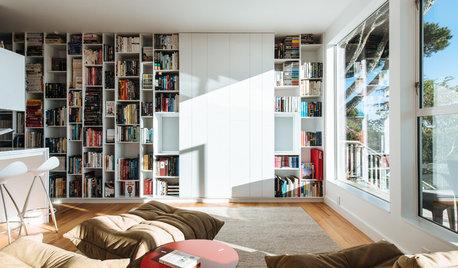
LIVING ROOMSLiving Rooms That Don’t Revolve Around the TV
In these spaces, the television takes a back seat to conversation, relaxation and aesthetics
Full Story
HOME TECHThe Inevitable Future of Drones Around Your Home
As Google joins the push for airborne deliveries, it seems only a matter of time before neighborhoods are buzzing with drones. Is that OK?
Full Story
PRODUCT PICKSGuest Picks: Around the World with Map Decor
Cure a case of wanderlust with 20 decorative map ideas to use right here at home
Full Story







bus_driver
brickeyee
Related Professionals
Bartlesville General Contractors · Corsicana General Contractors · Country Club Hills General Contractors · Dorchester Center General Contractors · Florham Park General Contractors · Geneva General Contractors · Rancho Santa Margarita General Contractors · Sauk Village General Contractors · Solon General Contractors · Brooklyn Center Solar Energy Systems · Reedley Solar Energy Systems · Teaneck Solar Energy Systems · Hialeah Gardens Home Automation & Home Media · Sarasota Home Automation & Home Media · Surfside Home Automation & Home MediaRon Natalie
measure_twiceOriginal Author
bus_driver
Ron Natalie
brickeyee
measure_twiceOriginal Author